Emphasis on Clean Label Products
The emphasis on clean label products is increasingly shaping the Women's Health and Beauty Supplements Market. Consumers are becoming more discerning about the ingredients in their supplements, favoring transparency and natural formulations. This trend is driven by a desire for products that are free from artificial additives, preservatives, and allergens. Market Research Future indicates that women are particularly inclined to choose supplements that align with their values regarding health and sustainability. As a result, brands that prioritize clean label practices and communicate their ingredient sourcing effectively are likely to resonate with health-conscious consumers, thereby enhancing their market position.
Shift Towards Preventive Healthcare
The shift towards preventive healthcare is significantly influencing the Women's Health and Beauty Supplements Market. As individuals prioritize wellness and proactive health management, the demand for supplements that support long-term health is on the rise. Data suggests that women are increasingly investing in products that not only enhance beauty but also contribute to overall well-being. This trend is reflected in the growing sales of vitamins, minerals, and herbal supplements designed for women's specific health needs. The market is likely to continue expanding as consumers recognize the value of integrating supplements into their daily routines to prevent health issues before they arise.
Influence of Social Media and Influencers
The influence of social media and influencers is a significant driver in the Women's Health and Beauty Supplements Market. Platforms such as Instagram and TikTok have become vital channels for brands to reach their target audience. Influencers often share personal experiences with health and beauty supplements, which can sway consumer purchasing decisions. This trend has led to an increase in brand visibility and consumer engagement, as women are more likely to trust recommendations from relatable figures. Consequently, brands that effectively leverage social media marketing strategies may experience enhanced growth and market penetration, as they connect with consumers in a more authentic manner.
Rising Popularity of Personalized Nutrition
The rising popularity of personalized nutrition is reshaping the Women's Health and Beauty Supplements Market. Consumers are increasingly seeking products that cater to their individual health profiles, preferences, and lifestyles. This trend is driven by advancements in technology, such as DNA testing and health assessments, which allow for tailored supplement recommendations. As a result, brands that offer customizable solutions are likely to attract a more discerning clientele. Market data indicates that personalized supplements are gaining traction, with women particularly interested in formulations that align with their unique health goals. This shift towards individualized products may lead to a more dynamic and competitive market landscape.
Increasing Awareness of Women's Health Issues
The growing awareness surrounding women's health issues is a pivotal driver for the Women's Health and Beauty Supplements Market. As more women become informed about specific health concerns, such as hormonal balance, skin health, and nutritional deficiencies, the demand for targeted supplements rises. Reports indicate that women are increasingly seeking products that address their unique health needs, leading to a surge in the market. This trend is further supported by educational campaigns and health initiatives that emphasize the importance of preventive care. Consequently, brands that offer tailored solutions are likely to gain a competitive edge, as consumers gravitate towards products that resonate with their personal health journeys.


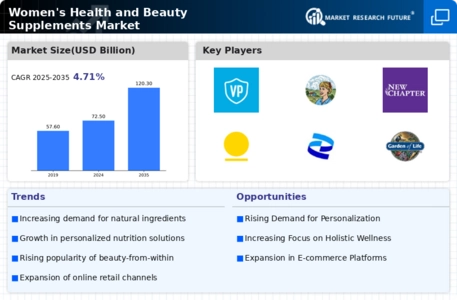
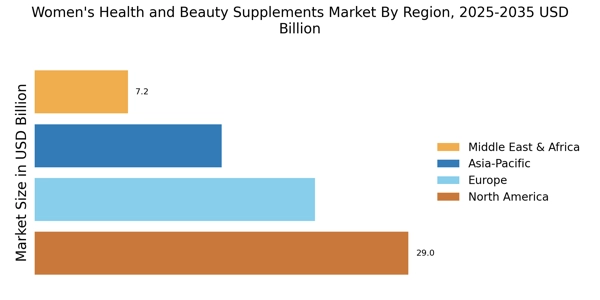
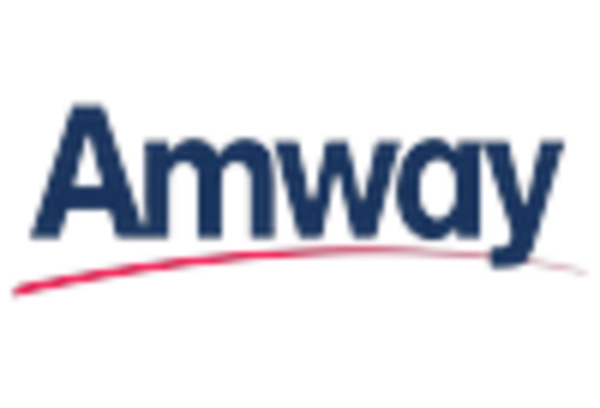
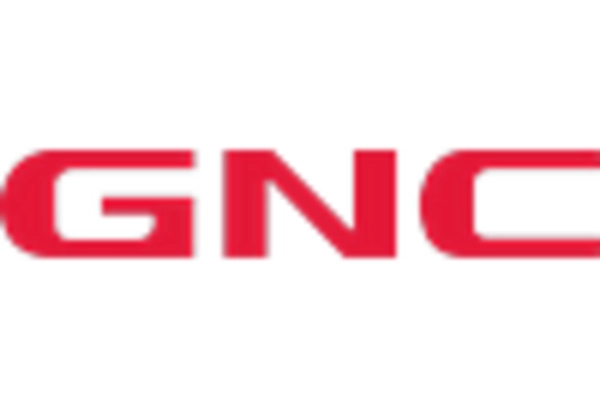
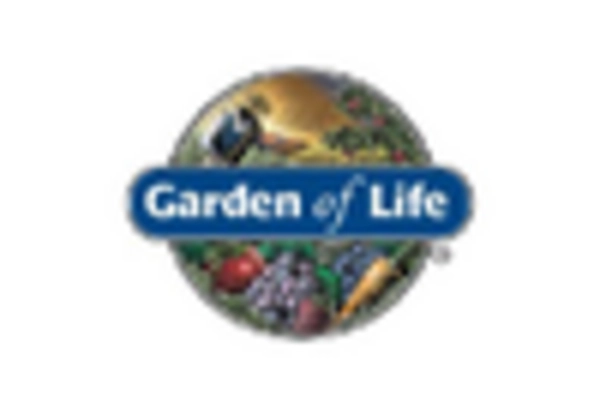
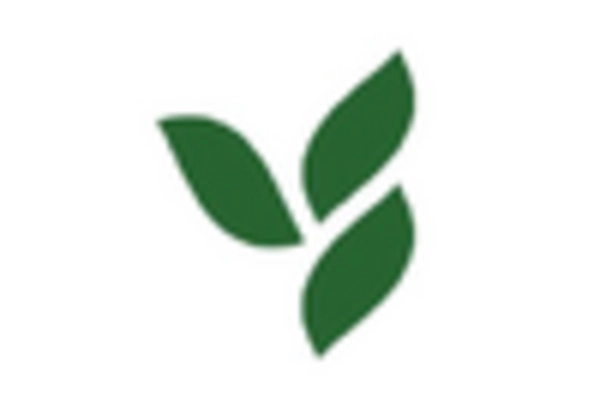
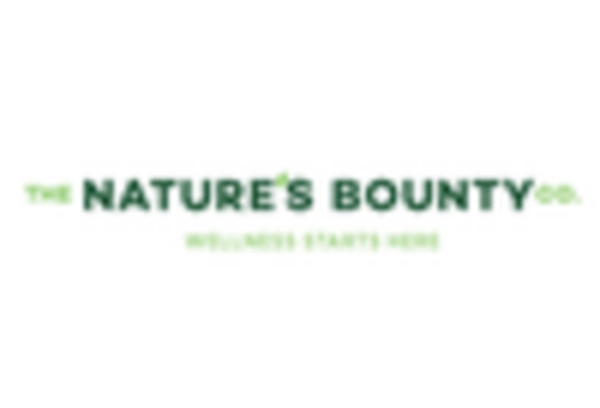









Leave a Comment